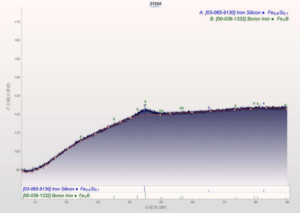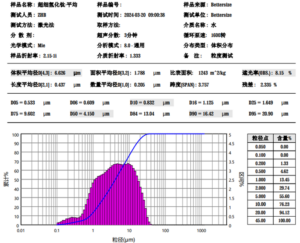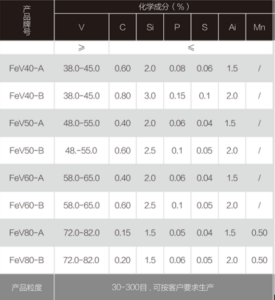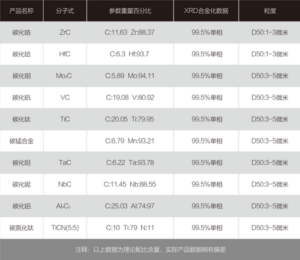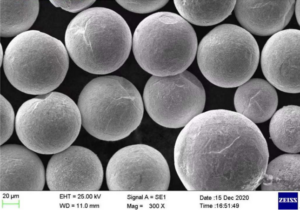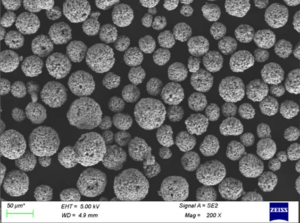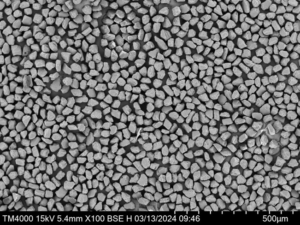Table of Contents
ToggleMolybdenum powder is a versatile material with unique properties that make it ideal for many industrial applications. This guide provides a comprehensive overview of molybdenum powder including its composition, characteristics, production methods, applications, suppliers, and more.
Overview of Molybdenum Powder
Molybdenum powder is a fine granular form of molybdenum metal processed into a powder consistency. It possesses high strength, hardness, thermal conductivity, and resistance to corrosion. The unrivaled thermal and electrical properties of molybdenum make its powder form suitable for usage in diverse manufacturing purposes.
Some key features of molybdenum powder include:
- High melting point of 2623°C
- Strength and hardness retention at high temperatures
- Low thermal expansion coefficient
- Good thermal and electrical conductivity
- Resistance to corrosion
Molybdenum powder’s unique attributes allow it to be alloyed with other metals, used as an additive, formed into solid parts, or applied as a coating. It enhances the properties of steels and performance of components exposed to extreme environments.
The major product forms of molybdenum powder consist of:
- Pure molybdenum powders
- Molybdenum alloys
- Composite powders with molybdenum content
- Coated powders and agglomerates
Molybdenum powder particles are classified into different size distributions or mesh ranges for suitable application needs. Common sizes are -325 mesh, -100 mesh, and -400 mesh. Finer molybdenum powder is also produced in micron and sub-micron sizes.
Composition of Molybdenum Powder
Molybdenum powder can be pure or alloyed with other elements. The composition depends on the desired properties and performance requirements of the finished product.
| Element | Composition Range |
|---|---|
| Molybdenum | 99% min for pure Mo |
| Carbon | 0.005% max |
| Oxygen | 0.025% max |
| Nitrogen | 0.005% max |
| Iron | 0.15% max |
| Copper | 0.01% max |
| Nickel | 0.01% max |
| Chromium | 0.01% max |
| Tungsten | 0.50% max |
Molybdenum alloys provide enhanced properties by combining molybdenum with alloying elements like nickel, chromium, copper, titanium, zirconium, carbon, boron, and others.
Common molybdenum alloys include:
- Molybdenum-titanium (MoTi)
- Molybdenum-chromium (MoCr)
- Molybdenum-nickel (MoNi)
- Molybdenum-tungsten (MoW)
The alloying elements must be uniformly distributed to achieve homogenous blending and optimal performance. Controlled manufacturing processes allow tailoring composition precisely as per application needs.
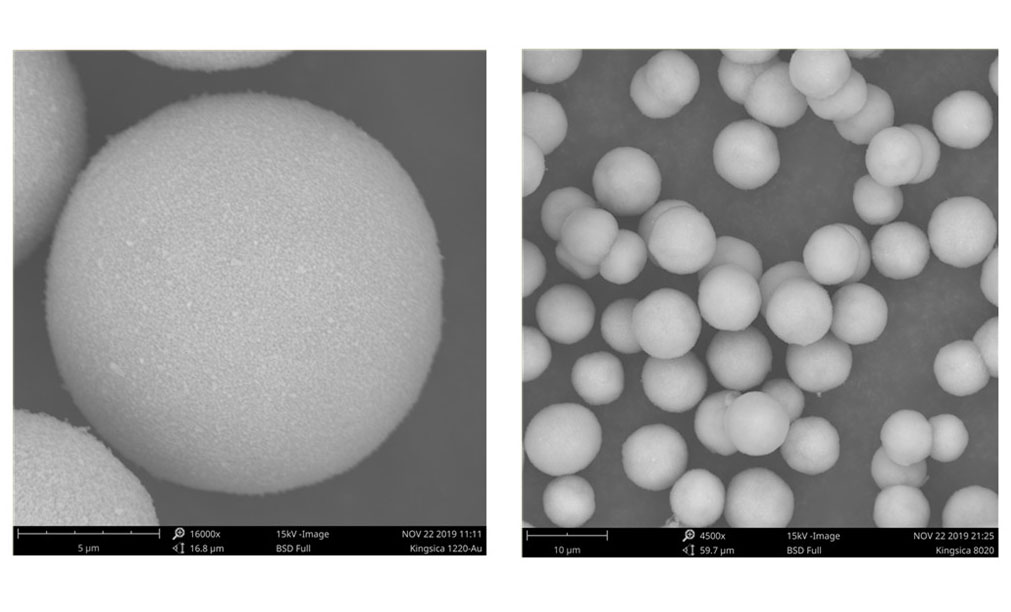
Characteristics and Properties of Molybdenum Powder
Molybdenum powder exhibits unique properties that make it suitable for high performance parts and components. Its key characteristics are:
| Property | Description |
|---|---|
| Melting point | 2623°C, highest among all pure metals |
| Density | 10.22 g/cm3 at 20°C |
| Thermal conductivity | 138 W/m.K at 20°C |
| Electrical resistivity | 5.7 microOhm.cm at 20°C |
| Thermal expansion | 4.8 x 10-6/K at 25-100°C |
| Mohs hardness | 5.5, brass-like hardness |
| Strength | 500 MPa ultimate tensile strength |
| Oxidation resistance | Excellent up to ~650°C in air |
| Corrosion resistance | Resistant to acids, saline solutions |
| Coefficient of friction | 0.35-0.45 dynamic, 0.20-0.30 static |
Key features:
- Retains high strength and hardness at elevated temperatures
- High melting point allows use in very high temperature applications
- Low thermal expansion benefits thermal shock resistance
- Good electrical and thermal conductivity
- Outstanding high temperature oxidation resistance
- Resists attack by molten metals and salts
These special characteristics make molybdenum metal powder ideal for manufacturing high performance parts for extreme environments in industries like aerospace, energy, electronics, and more.
Production Methods for Molybdenum Powder
Molybdenum powder can be produced using various techniques which yield powder particles of different sizes and properties. The common production methods include:
1. Electrolytic Process
Molybdenum powder is electrolytically deposited onto a cathode plate immersed in a molybdate solution bath. The deposited flaky powder is scraped off and annealed into a spherical powder.
Advantages: High purity (99.97%), spherical morphology, controlled particle size
Sizes: Typically -400 mesh
Uses: Small particle size ideal for otherwise sintering, spray coating
2. Hydrogen Reduction
Ammonium molybdate is reduced by hydrogen gas at high temperatures to produce a powder called molybdenum oxide. Further annealing in hydrogen atmosphere yields pure molybdenum powder.
Advantages: Cost effective, high productivity
Sizes: -325 mesh and larger
Uses: Most common method, suitable for pressing and other metallurgy
3. Plasma Atomization
Molybdenum electrode is melted by plasma arc and disintegrated by jets of nitrogen or argon gas into fine spherical powder.
Advantages: Small particle size, flowability, highly spherical morphology
Sizes: 10-150 microns
Uses: High performance parts, thermal spray coatings
4. Mechanical Attrition
Molybdenum powder is ground in a ball mill with grinding media into finer sizes through fracturing and cold welding.
Advantages: Wide range of particle sizes
Sizes: From 1 micron to -325 mesh
Uses: Small sizes for sintering, large sizes for other pressing
The particle shape, size range, purity levels, and powder properties can be tailored as per application requirements by selecting suitable production techniques.
Applications of Molybdenum Powder
Thanks to its high temperature strength, thermal properties, and corrosion resistance, molybdenum powder is used across these major sectors:
| Industry | Applications |
|---|---|
| Aerospace | Rocket nozzles, engine parts, heat shields |
| Power Generation | Filaments, electrodes, heating elements |
| Electronics | Cathodes, contacts, metallization pastes |
| Chemical | Catalysts, reactors, piping |
| Metallurgy | Alloying element in tool steels, stainless steels |
| Coatings | Thermal spray coatings on engineering components |
Some specific applications include:
- Furnace windings, heating elements, thermal couples
- High temperature furnace muffles and fixtures
- Cathodes, grids, and lead wires in electronic tubes
- Electromagnets, radio frequency shields
- Additive in special steels like tool, stainless, heat resistant
- Thermal spray coatings on aircraft and land-based turbines
- Sparking electrodes, x-ray targets, glass making equipment
- Crucibles, thermocouple sheaths, nuclear reactors
Molybdenum’s niche high temperature properties allow it to thrive in applications where performance in extreme environments is critical.
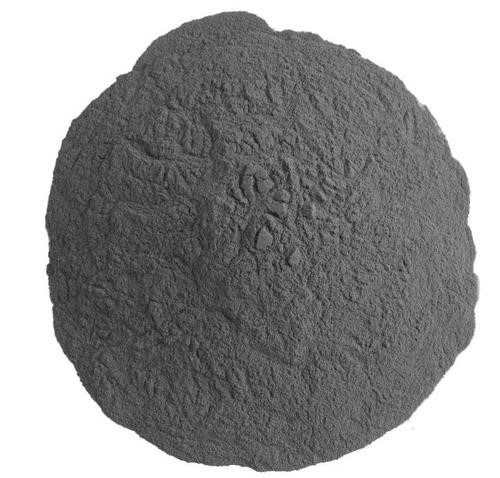
Molybdenum Powder Specifications
Molybdenum powder products are available in different purity levels, sizes, morphologies, and compositions tailored to suit various fabrication processes and end-use needs.
| Parameter | Details |
|---|---|
| Purity | Pure (99% min) or alloy grades |
| Particle sizes | -325 mesh, -100 mesh, -400 mesh, micron sizes |
| Morphology | Flaky, spherical, irregular |
| Powder types | Elemental, alloys, composites, coated |
| Chemistry | Mo, MoTi, MoCr, MoW etc. |
| Condition | Annealed, sintered |
Particle size distribution is a critical parameter used to specify molybdenum powder grades based on the mesh size or microns. Common standards followed include:
- ASTM B331 – Mo powder and powder metallurgy products
- ASTM E11 – Wire cloth and sieve standards
- ISO 4497 – Metal powders determination of particle size
Specifying the correct particle size distribution ensures suitability of the molybdenum powder for the target application.
Condition refers to the thermal treatment given to the powder like sintering or annealing to achieve desired characteristics. Annealing makes the powder more suitable for pressing while sintering increases density.
Alloy grades are specified by the percentage composition of alloying elements like MoTi 40/60 indicating 40% molybdenum and 60% titanium.
Molybdenum Powder Handling and Safety
Molybdenum powder can present hazards similar to other dry fine metal powders. Some guidelines for handling molybdenum powder safely are:
- Avoid inhalation by using protective masks
- Prevent contact with skin and eyes
- Ensure adequate ventilation and dust extraction
- Use spark-proof tools and explosion-proof equipment
- Ground equipment and take measures against static buildup
- Store sealed containers in a cool, dry area away from moisture
- Use non-sparking bronze or aluminum containers and handling equipment
Molybdenum powder is not flammable or explosive but its fine size makes it a dust explosion risk under certain conditions. Follow safety standards for handling powders and dusts to ensure a safe work environment.
Inspection and Testing of Molybdenum Powder
Stringent quality control testing ensures molybdenum powder meets the chemical, physical, and dimensional requirements for the target application.
| Test Parameter | Method Used |
|---|---|
| Chemistry | Inductively coupled plasma (ICP) spectrometry |
| Particle size distribution | Laser diffraction, sieving |
| Tap density and flowrate | Hall flowmeter as per ASTM B212 |
| Morphology | Scanning electron microscopy (SEM) |
| Powder microstructure | X-ray diffraction (XRD) |
| Purity | Inert gas fusion analysis |
| Moisture content | Loss on drying |
Documentation with the actual test and analysis results are reported in the certificate of analysis from the manufacturer. Purchasers can request test samples to conduct independent verification testing as well.
Molybdenum Powder Suppliers
There are several reputable manufacturers and suppliers that produce and distribute molybdenum metal powders:
| Company | Location |
|---|---|
| HC Starck Solutions | Germany, United States |
| Plansee Group | Austria |
| China Molybdenum Co. Ltd. | China |
| Anhui Lanjian Powder Metallurgy Co. | China |
| Tritrust Industrial (China) Ltd. | China |
| Buffalo Tungsten Inc. | United States |
| Midwest Tungsten | United States |
When selecting a molybdenum powder supplier, important factors to consider are:
- Ability to consistently produce powders meeting required chemistry, size distribution, morphology, purity levels
- Range of molybdenum powder products and alloys available
- Technical expertise and customer service and support
- Quality certifications and compliance with international standards
- Competitive pricing and minimum order quantity (MOQ)
- Inventory levels and lead times for orders
- Responsible sourcing and supply chain transparency
Cost and Pricing of Molybdenum Powder
Molybdenum powder is more expensive than iron or copper powders but lower in cost compared to cobalt or tantalum powders. Prices fluctuate based on:
- Purity: Higher the molybdenum content, higher the price
- Particle size: Finer powders smaller than 10 microns cost more
- Composition: Alloy grades usually cost more than pure
- Quantity: Prices decrease at higher purchase volumes
- Manufacturing method: Powders made by atomization are priced higher
- Supplier margins: Vary between different powder producers
Some typical price ranges:
| Product | Price Range |
|---|---|
| Pure molybdenum powder, 400 mesh | $20-40 per kg |
| Molybdenum powder, 10 micron | $50-100 per kg |
| Mo-Ti alloy powder | $80-150 per kg |
| Mo-Cr-Cu powder | $100-200 per kg |
Contact trusted molybdenum powder suppliers to request a final price quote per your specific requirements. Negotiate to get the best rates especially for bulk purchases.
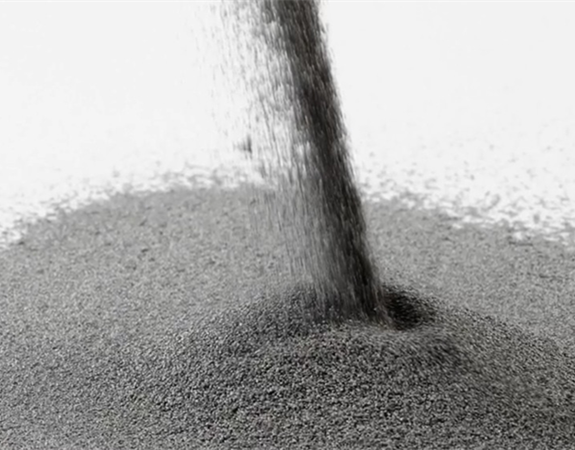
FAQs
Q: What is molybdenum powder used for?
A: The main uses of molybdenum powder are in metallurgy as an alloy additive, as coatings on engineering components, as a powder injection molding feedstock, and as cathodes and heating elements in electrical and electronic applications.
Q: Is molybdenum powder toxic?
A: Molybdenum metal and its powder are not inherently toxic. However, certain precautions are needed when handling the fine powder to minimize health risks from exposure. Proper ventilation, protective gear, and safety practices are recommended.
Q: Does molybdenum powder oxidize?
A: While solid molybdenum has excellent oxidation resistance up to 650°C, the high surface area of the powders makes them more prone to oxidation at elevated temperatures and under moisture. Proper storage away from heat, air, and humidity is advised.
Q: What is the difference between molybdenum powder and tungsten powder?
A: The most notable differences are – molybdenum has a lower density than tungsten, melts at a higher temperature, and has better high temperature strength. Molybdenum is more resistant to corrosion while tungsten is more ductile. They also differ in electrical and thermal conductivity.
Q: How is molybdenum powder made?
A: Molybdenum powder can be produced by electrolytic deposition, hydrogen reduction of molybdenum oxide, atomization of molten molybdenum, and mechanical attrition methods. Different techniques yield powders of varying particle sizes, shapes, and properties.
Q: Is molybdenum powder flammable?
A: Like most metal powders, molybdenum powder is not flammable or combustible on its own. However, its finely divided form presents a risk of dust explosions when suspended in air. Precautions for handling powders and dusts safely should be followed.
Conclusion
With its status as the refractory metal with the highest melting point, molybdenum powder offers unique high temperature properties essential for critical applications like rocket engines, power generation, furnace components, and more.
Understanding molybdenum powder’s composition, production methods, characteristics, specifications, pricing, and safe handling allows engineers to select the appropriate grade needed for their specific application requirements.
Combining molybdenum’s strength, thermal conductivity, and corrosion resistance with optimized powder metallurgy processing enables creation of high performance parts cost-effectively. As new technologies emerge in aerospace, energy, transportation, and electronics, molybdenum’s capabilities ensure it remains indispensable.
